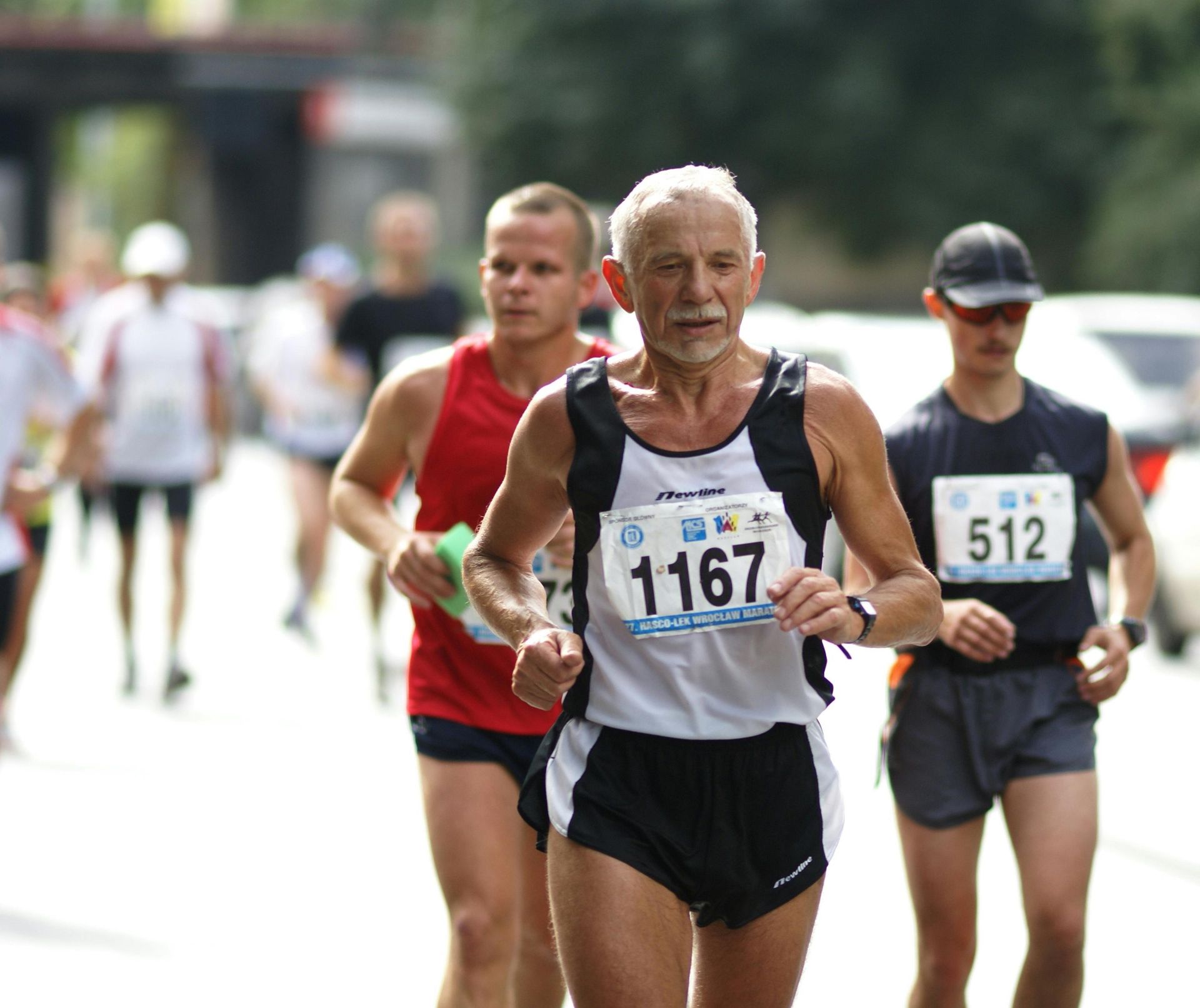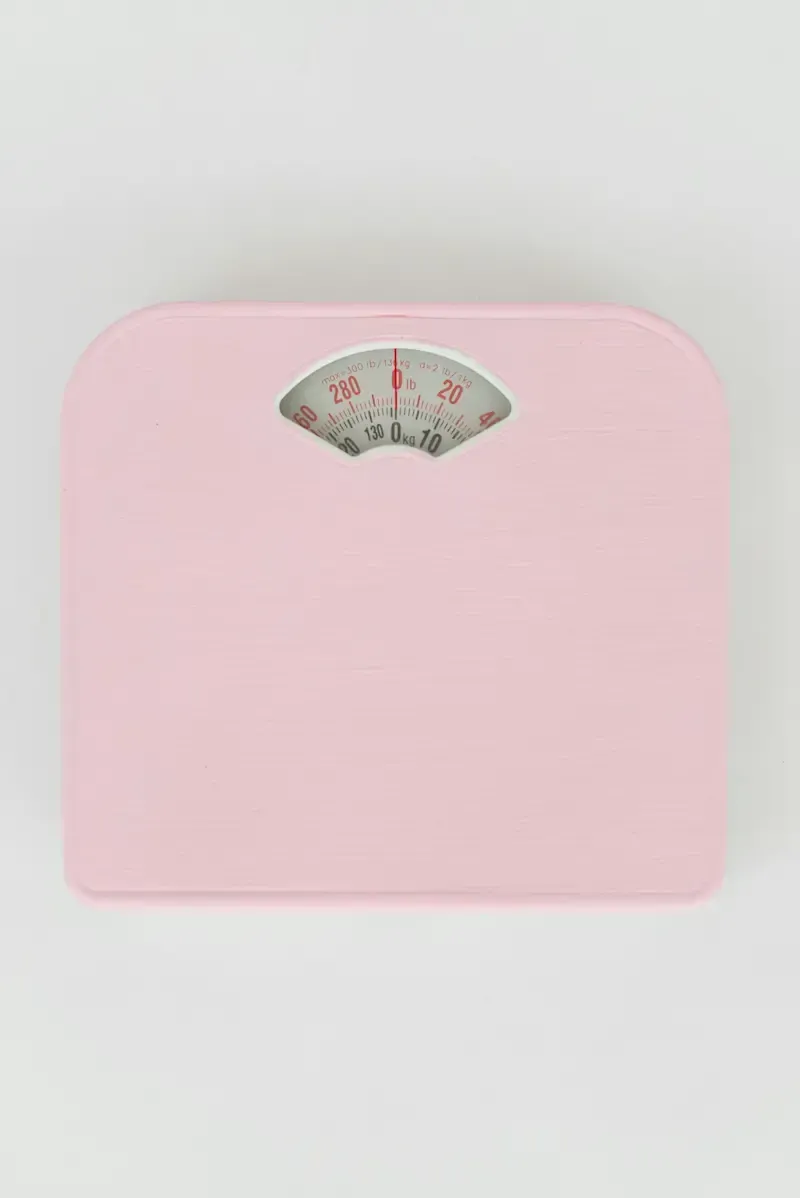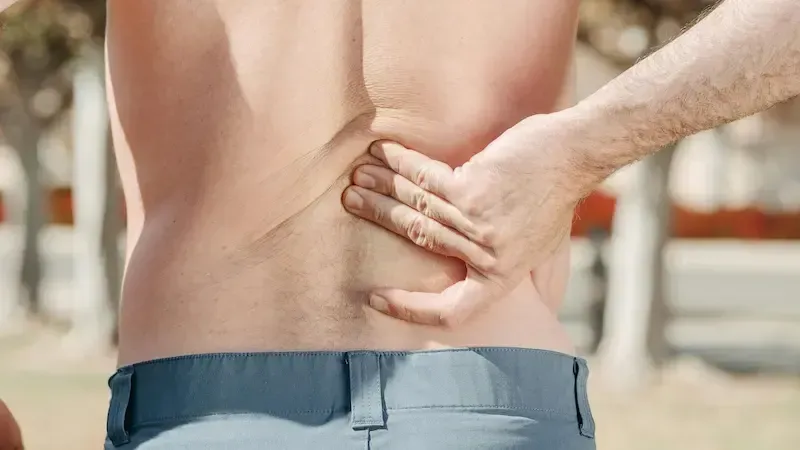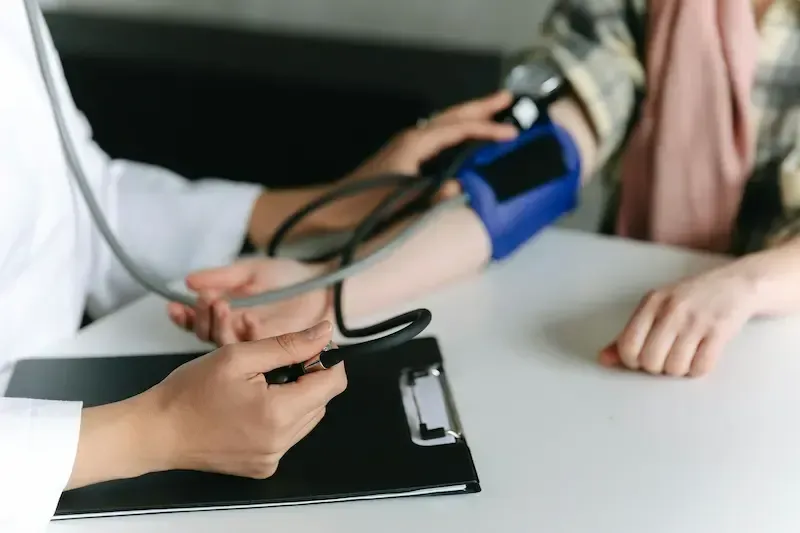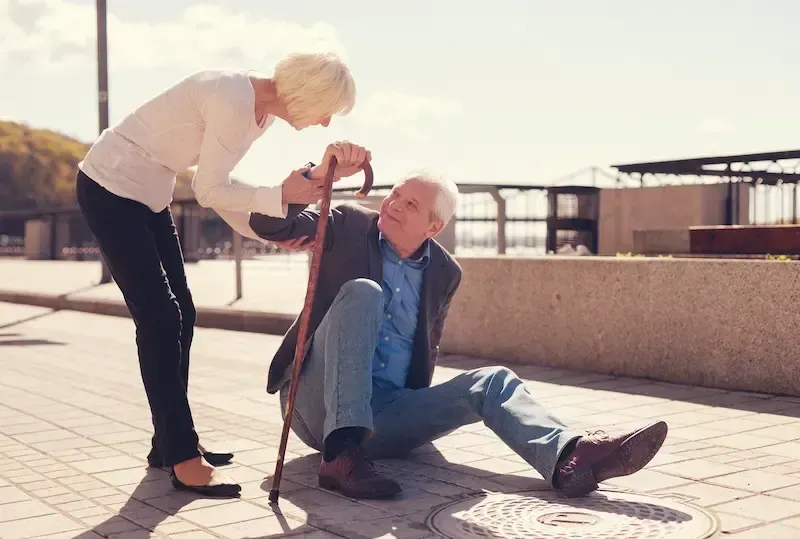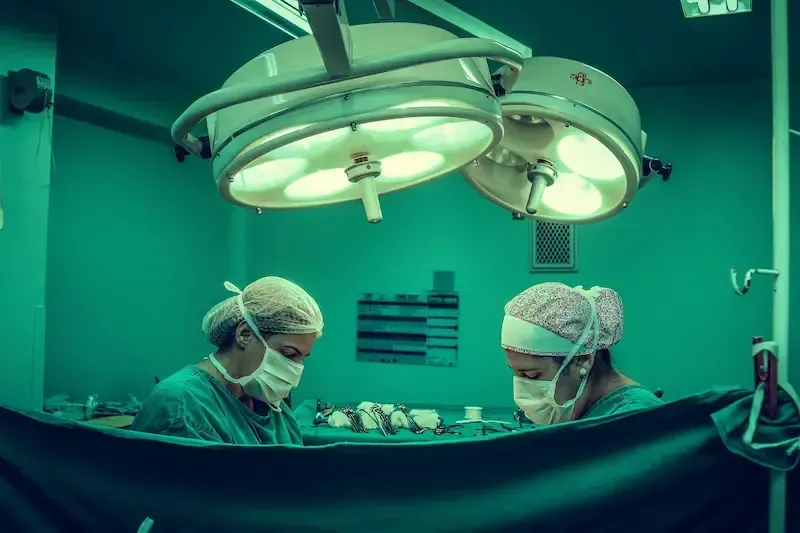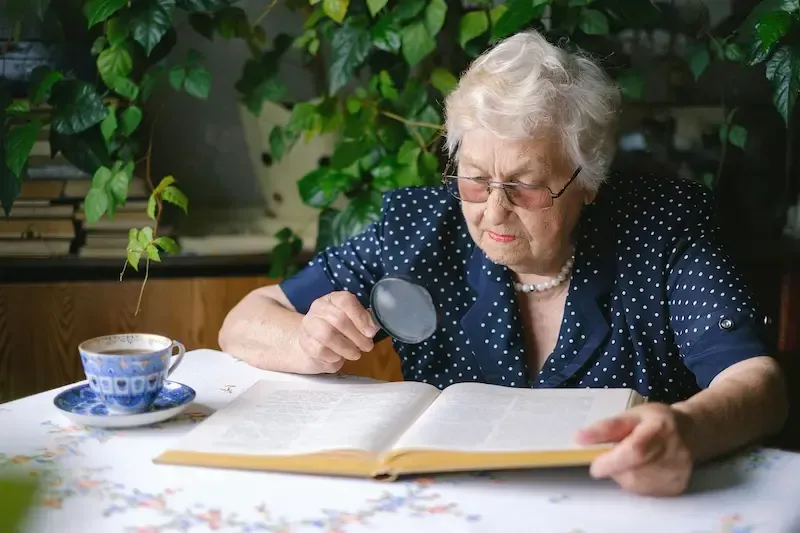Building Strength After a Stroke: The Role of a Personal Trainer
Recovering from a stroke is a challenging journey that often involves rebuilding physical strength, balance, and mobility. Exercise plays a crucial role in stroke recovery by promoting brain health, enhancing muscle strength, and improving overall well-being. However, it is essential to approach exercise carefully to avoid further injury and maximize recovery. Working with a personal trainer can be an effective way for seniors to safely regain their strength and independence after a stroke.
- Promotes Neuroplasticity: Exercise helps stimulate neuroplasticity, the brain’s ability to reorganize itself by forming new neural connections. This process is vital for recovering lost functions and relearning skills.
- Improves Muscle Strength and Coordination: Regular exercise can help rebuild muscle strength and improve coordination, which are often affected after a stroke. Strength training and targeted exercises help regain the ability to perform everyday tasks.
- Enhances Cardiovascular Health: Cardio exercises help improve heart health and circulation, reducing the risk of subsequent strokes.
- Boosts Mood and Cognitive Function: Physical activity releases endorphins that help reduce depression and anxiety, common after a stroke. Exercise also supports cognitive recovery by increasing blood flow to the brain.
- Customized Recovery Programs: A personal trainer will develop a tailored exercise program based on your unique needs, focusing on exercises that target specific areas of weakness or loss of function.
- Safe, Guided Exercise: Proper form and technique are critical when recovering from a stroke to avoid further injury. A personal trainer will provide close supervision and guidance to ensure exercises are performed safely.
- Improved Balance and Mobility: A trainer can incorporate balance exercises to help prevent falls, which are a common concern for stroke survivors. Improving mobility through targeted exercises can enhance independence and confidence.
- Regular Monitoring and Adjustments: Your trainer will monitor your progress and make adjustments as needed, ensuring that your exercise plan continues to support your recovery at each stage.
- Strength Training: Light resistance exercises, such as using resistance bands or light weights, help rebuild muscle strength in the arms, legs, and core.
- Balance and Coordination Exercises: Activities like seated or standing balance exercises and functional movements can help improve coordination and reduce fall risk.
- Cardio Exercises: Gentle aerobic activities like walking, cycling on a stationary bike, or water aerobics can improve cardiovascular health without overexertion.
- Flexibility and Stretching: Gentle stretching and range-of-motion exercises help reduce stiffness and increase mobility.
- Start Slowly: Begin with short sessions of low-intensity exercises and gradually increase as you build strength and endurance.
- Listen to Your Body: Pay attention to how you feel during and after exercise. Stop immediately if you experience dizziness, pain, or unusual fatigue.
- Stay Hydrated: Drink water before, during, and after your workout to stay hydrated.
- Consult Your Healthcare Provider: Always consult your doctor before starting any new exercise program, especially after a stroke.
At Senior Fitness Palm Springs, our personal trainers are experienced in working with stroke survivors to safely rebuild strength, balance, and mobility. We develop customized exercise programs that support your unique recovery needs and help you regain independence.
Schedule a free consultation to learn how we can help you regain strength and improve your quality of life after a stroke.
